LAMPROBE
LAMPROBE
BODY • FACE • AND MORE
OVERVIEW
STARTING AT $100
Lamprobe is a quick, effective treatment for skin irregularities that combines radio and high-frequency technology to produce heat. The precise heat is applied to skin tags or moles to dry them out immediately, reducing or removing the skin irregularity.
Most skin tags are not a cause for concern, but if you’re unhappy with their appearance, the Lamprobe allows for non-invasive treatment of these skin irregularities, including:
Skin tags
Moles
Scars
Benign lessions
Vascular lessions
TREATMENT SNAPSHOT
TREATMENT WALKTHROUGH
-
It's important that you avoid sun exposure 4 weeks prior to your treatment, and the use of self tanning products.
Please discontinue the use of any retinol products at least 3-5 days prior to your treatment.
-
As your Skin Quality Expert applies precise heat to the skin irregularity, you will feel a zapping sensation. This sensation is felt for a short period of time and is generally tolerated well by patients.
-
After the irregularities are treated a small crust or scab will form and it will fall off your skin in approximately 4-7 days.
Small skin tags or irregularities will disappear immediately and require only one treatment. Larger skin irregularities may require two treatments.
-
Do not directly touch treated area for 24-48 hours following treatment.
Do not pick or scratch the treatment area.
Keep the area dry for 24-48 hours post-treatment
Cleanse with a gentle cleanser, and keep the treatment area covered (band aid, gauze, etc.)
Do not apply makeup on the area for 24 hours or until skin is healed.
ASK OUR EXPERTS
-
Skin tags are benign and harmless, but at times they can be irritated and inflamed in areas of friction. Often times, people are unhappy with the physical appearance of this skin irregularity.
-
After the irregularities are treated, a small crust or scab will form and it will fall off your skin in approximately 4-7 days.
-
Skin tags often occur in areas of friction, such as the neck, underarms or around the groin. They also can be attributed to genetics. They generally start showing up as you age and typically increase in frequency as you get older.
Some people are born with moles, while others develop more as they age.















